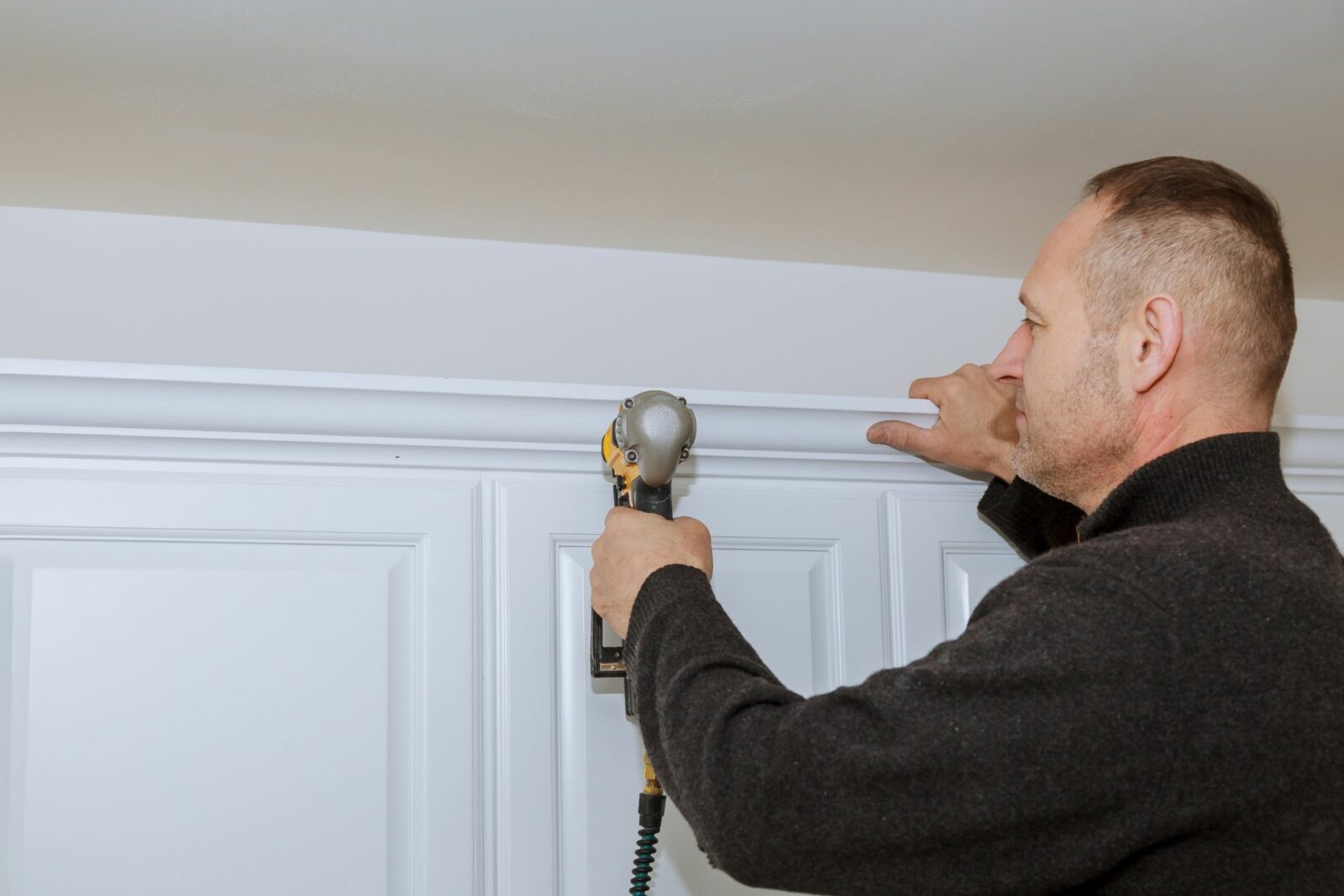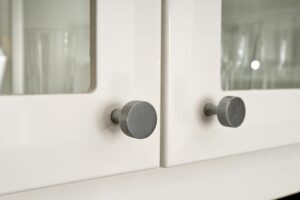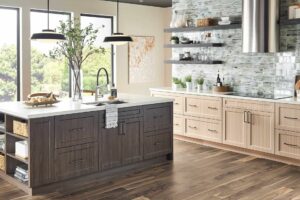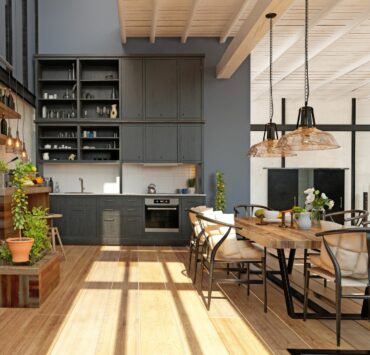The kitchen is often considered the heart of a home, and its design plays a crucial role in creating an inviting and aesthetically pleasing space. When it comes to kitchen cabinet crown molding can be the perfect finishing touch that adds a touch of elegance and sophistication. In this blog, we will explore the beauty and functionality of the same and provide you with a comprehensive guide on how to incorporate it into your kitchen design.
Understanding Kitchen Cabinet Crown Molding
Crown molding is a decorative trim installed at the top of kitchen cabinets, bridging the gap between the cabinets and the ceiling. It serves both functional and aesthetic purposes, as it not only adds visual appeal but also helps to conceal any gaps or imperfections that may exist between the cabinets and the ceiling.
Benefits of Crown Molding in the Kitchen
Aesthetic Enhancement
Crown molding adds a touch of elegance, sophistication, and architectural detail to your kitchen, elevating its overall appearance.
Seamless Transition
It creates a smooth transition between the cabinetry and the ceiling, giving your kitchen a cohesive and polished look.
Concealing Imperfections
If there are gaps or unevenness between the cabinets and the ceiling, crown molding helps to hide these flaws and creates a more seamless appearance.
Personalization
With various styles, sizes, and finishes available, crown molding allows you to personalize your kitchen design according to your taste and the overall style of your home.
Choosing the Right Crown Molding
Style
Consider the overall style of your kitchen. If you have a traditional kitchen, opt for more ornate and detailed crown molding, while a contemporary kitchen may call for simpler and sleeker profiles.
Size
Measure the space between your cabinets and the ceiling to determine the appropriate size of crown molding. A larger gap may require a larger crown molding profile.
Material
Crown molding can be made from various materials, including wood, MDF (Medium Density Fiberboard), or polyurethane. Each material has its advantages and considerations, such as durability, cost, and ease of installation.
Installation Process
- Gather the necessary tools and materials, including crown molding, measuring tape, miter saw, adhesive, nails or screws, and a caulking gun.
- Measure and cut the crown molding to fit the length of your cabinets.
- Use a miter saw to make precise angled cuts at the corners.
- Attach the crown molding to the top of the cabinets using adhesive, nails, or screws.
- Fill any gaps or nail holes with wood filler and sand the surface for a smooth finish.
- Paint or stain the crown molding to match your kitchen cabinets or desired color scheme.
- Finally, caulk the edges where the crown molding meets the ceiling and cabinets for a seamless look.
Maintenance and Care
- Regularly clean the crown molding using a soft cloth or sponge to remove dust and grease buildup.
- If your crown molding is made of wood, periodically check for any signs of damage or wear, and refinish or repaint as needed.
- Avoid using abrasive cleaners or harsh chemicals that could damage the finish of the crown molding.
Kitchen cabinet crown molding is a versatile and visually appealing addition to any kitchen design. Its ability to transform a basic kitchen into an elegant space with a seamless transition between cabinets and ceiling is unmatched. By selecting the right crown molding style, size, and material and following the installation and maintenance tips provided, you can enhance the beauty and charm of your kitchen while enjoying its functional benefits for years to come.








